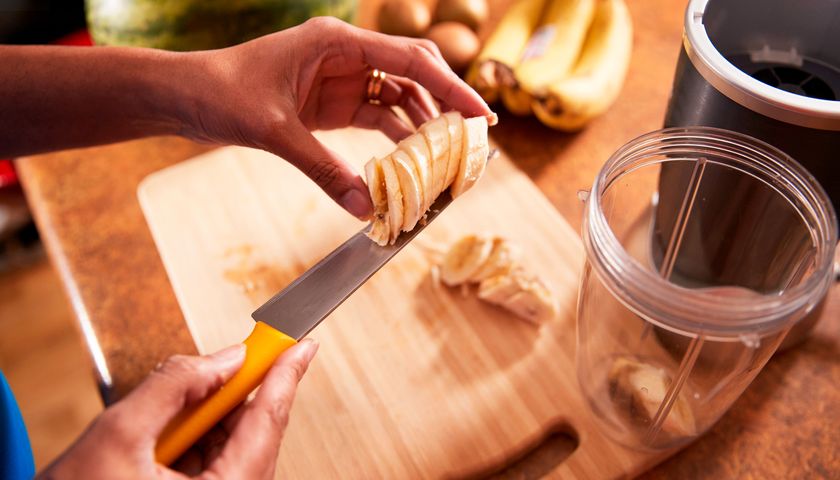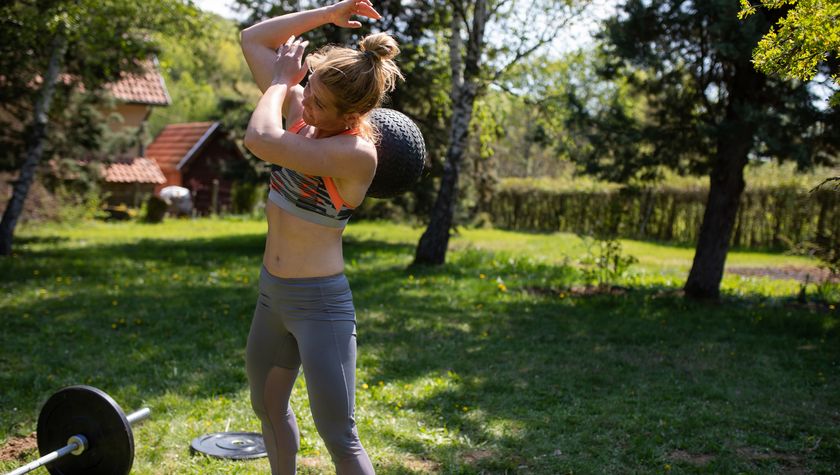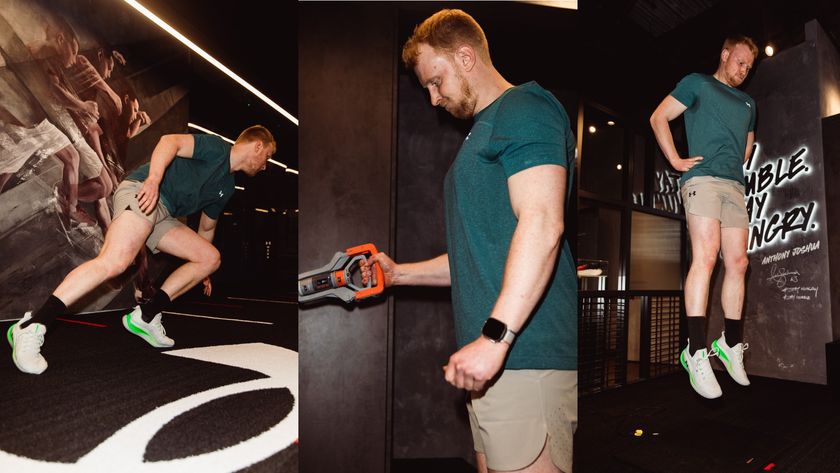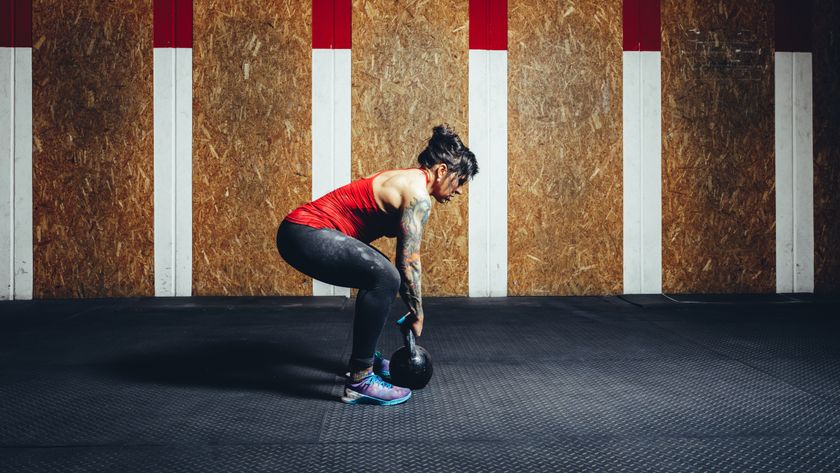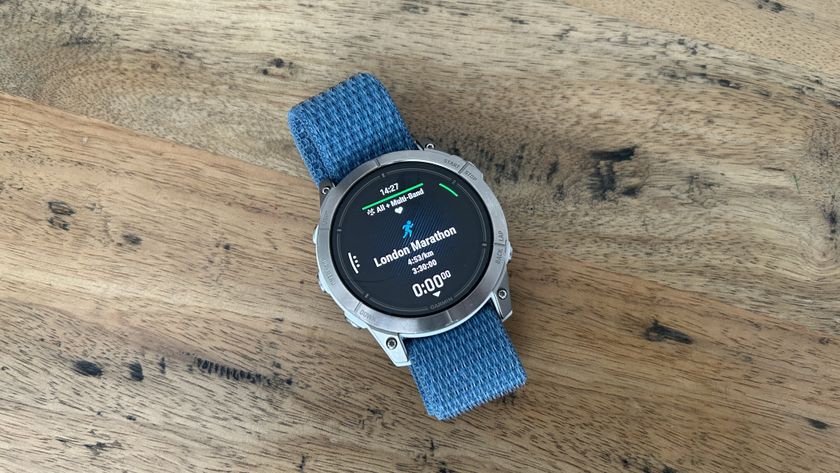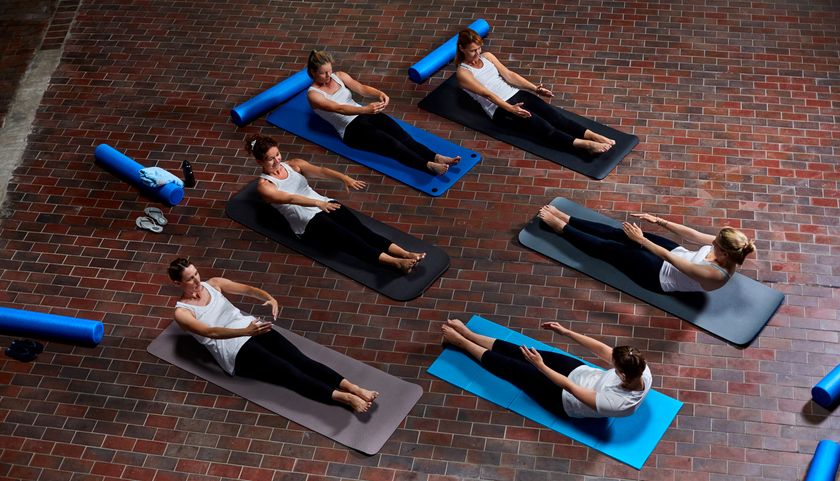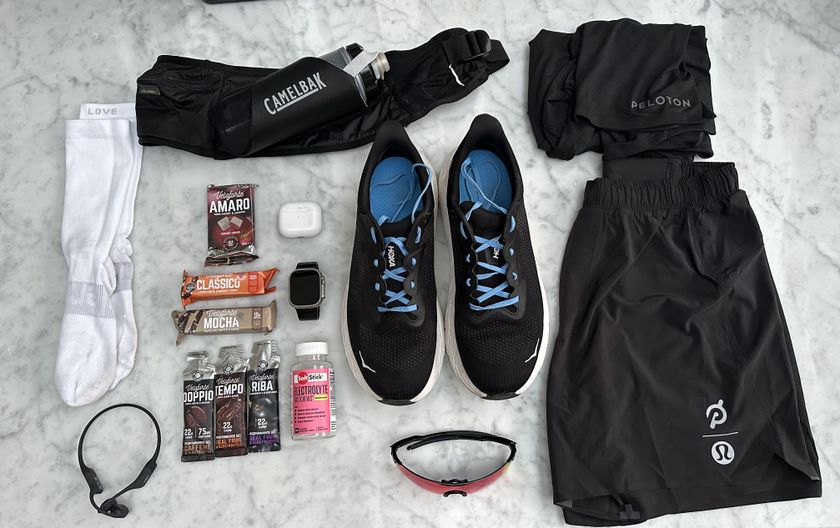How To Use Training Variables To Build A Better Body
Effort and exercise selection will only get you so far. To make real progress, start manipulating these advanced training variables
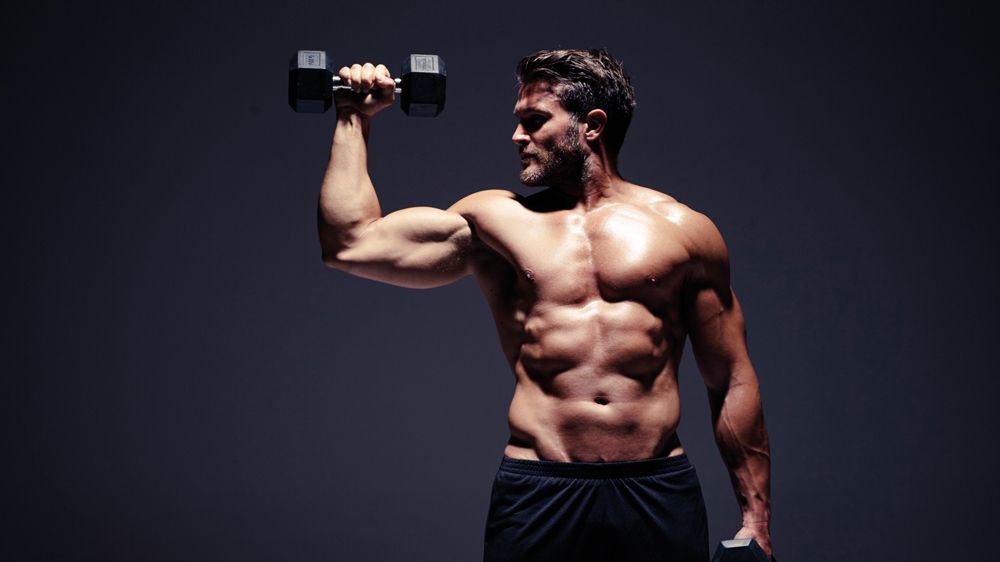
When you start working out, you learn that selecting certain set and rep ranges will help you to reach your goals faster. But that’s just the first stage in taking control of the key training variables. If you want to get bigger, stronger and leaner than ever, there are three vital workout concepts you need to understand – and know how to exploit.
Tempo
What does it mean? The speed at which you do your reps. This is often unnaturally slowly, in order to maximise muscular growth. Tempo is often recorded in a four-digit format – for instance, 4021.
The numbers refer, in order, to the time in seconds taken for the eccentric (lowering) part of the move, the pause in the bottom position, the concentric (lifting) part and the pause at the top.
Occasionally you’ll see an X, symbolising explosiveness, which simply means “as fast as possible”.
Why should you worry about it? There’s some evidence that time under tension (TUT), or how long your muscles are working during your sets, is more important than how many sets or reps you do for hypertrophy. So doing a ten-rep set that lasts for a solid 60 seconds might be more effective than grinding out 12-15 reps with the same weight but faster.
Bear in mind, though, that total TUT for each body part seems to be the defining factor – so if it’s chest day, include your dips as well as flyes and bench presses. Conversely, other studies suggest that lifting explosively can recruit otherwise hard-to-hit muscle fibres, so the odd fast concentric isn’t a bad idea.
Try this: Superset a slow set of bench presses with chin-ups, using a weight that allows you to do six reps of each, with a 4021 tempo. Rest for 90 seconds, and repeat a total of four times. If you’ve never done it before, enjoy the all-day pump.
Get the Coach Newsletter
Sign up for workout ideas, training advice, reviews of the latest gear and more.
Volume
What does it mean? The total sets and reps performed during a workout (or over a week). Ten sets of ten reps, for instance, would be considered a high-volume workout, whereas three sets of five (or, if you’re an Olympic weightlifter, eight sets of two) is fairly low-volume.
It’s often inversely correlated with intensity – ie the lower the volume, the higher the intensity should be, and vice versa.
Why should you worry about it? Studies suggest that, generally, higher volume is linked to improvement: if you’re struggling to make progress, just throwing in a few more sets or reps (or another exercise entirely) might be enough to change that.
“The tricky part is that you need to keep the work high-quality,” says trainer James Adamson. “If you’re doing six arms exercises but hardly putting in any effort on the last three, you’d be better off stripping things back and putting in more effort – or upping the weight.”
More volume also means recovery is more important.
Try this: Pump up the volume on squat day with a workout from Man Of Steel trainer Michael Blevins. Put 60% of your max on the bar and aim for a total of 100 reps over your workout, doing 20 burpee pull-ups every time you rack the bar. Don’t plan any stair-based activities afterwards.
Frequency
What does it mean? How often you train in general, or how often you train a specific body part. For instance, if you shift from a four-day legs/shoulders/chest/back split to a two-day full-body training plan, you’re actually upping the frequency of your legs training, despite going to the gym less.
Why should you worry about it? “It can be the best way to break through a plateau,” says trainer Geoff Clement of Pure Fitness gym. “If you’ve stopped making gains on your squat, or your chest won’t grow, adding another session for your lagging body part rather than piling in extra sets on one day won’t help.”
Experienced bodybuilders often use the lowest-frequency training: they’ll often smash a single body part with high-volume, low-tempo work once a week, and then allow it to recover for six days before training it again. If you’re a beginner or intermediate lifter, though, two or three sessions a week might be more beneficial.
Try this: Up your training frequency for pull-ups by doing them every day. Record your best all-out set, and do half of that four to five times throughout the day. Re-test after two weeks, and watch your max improve.
From 2008 to 2018, Joel worked for Men's Fitness, which predated, and then shared a website with, Coach. Though he spent years running the hills of Bath, he’s since ditched his trainers for a succession of Converse high-tops, since they’re better suited to his love of pulling vans, lifting cars, and hefting logs in a succession of strongman competitions.



